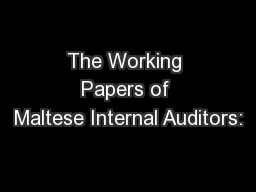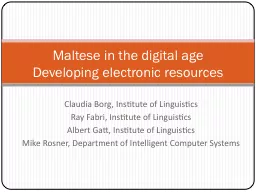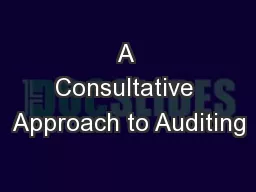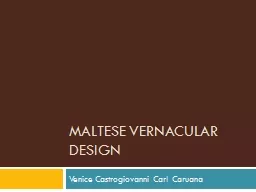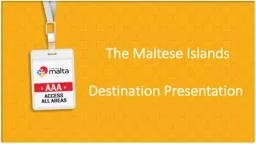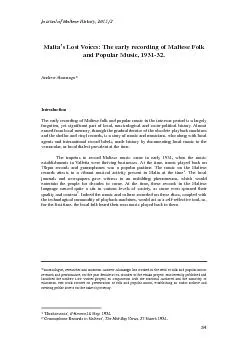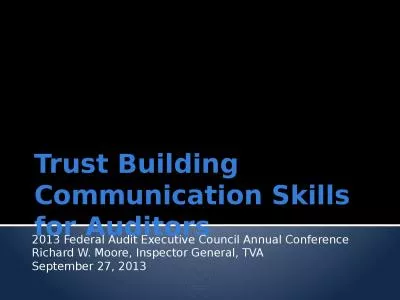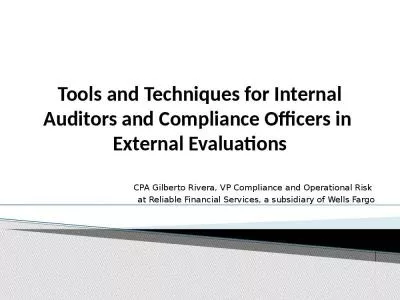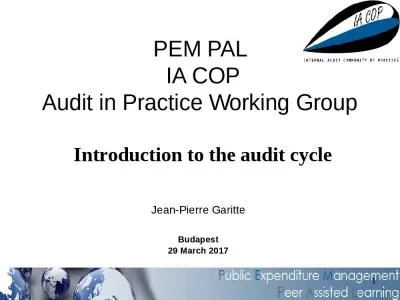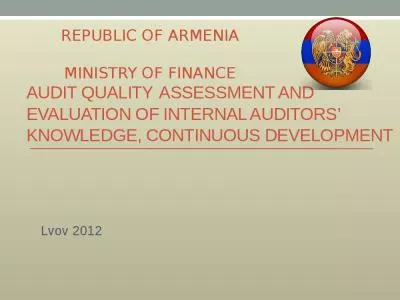PPT-The Working Papers of Maltese Internal Auditors:
Author : karlyn-bohler | Published Date : 2016-05-27
An Analysis MFIA CONFERENCE 2015 Kim Spearing Masters in Accountancy 2015 Objectives To determine the importance and functions of working papers in IAing in Malta
Presentation Embed Code
Download Presentation
Download Presentation The PPT/PDF document "The Working Papers of Maltese Internal A..." is the property of its rightful owner. Permission is granted to download and print the materials on this website for personal, non-commercial use only, and to display it on your personal computer provided you do not modify the materials and that you retain all copyright notices contained in the materials. By downloading content from our website, you accept the terms of this agreement.
The Working Papers of Maltese Internal Auditors:: Transcript
Download Rules Of Document
"The Working Papers of Maltese Internal Auditors:"The content belongs to its owner. You may download and print it for personal use, without modification, and keep all copyright notices. By downloading, you agree to these terms.
Related Documents

